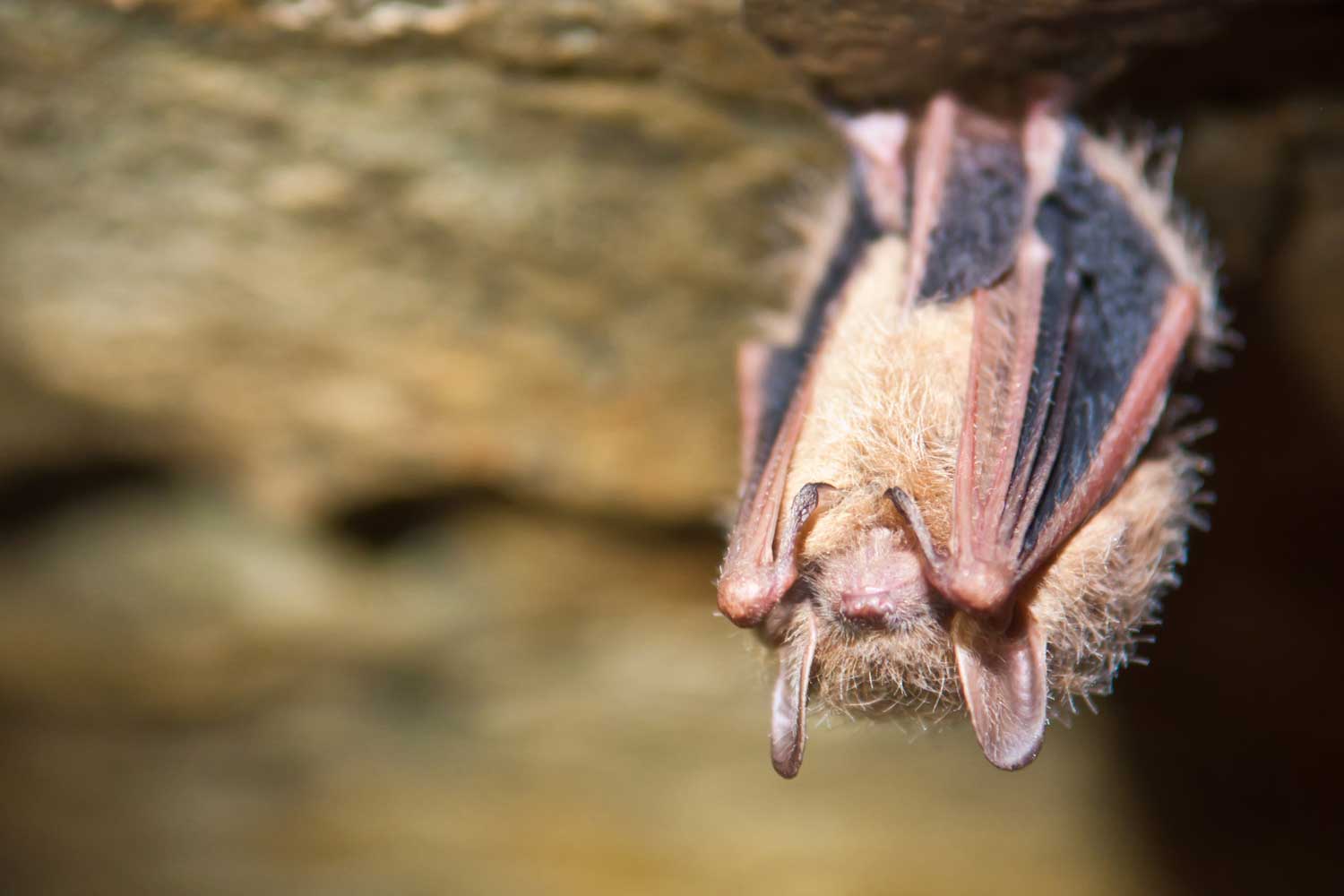Nature curiosity: What is white-nose syndrome?

Bats are among the most mysterious and misunderstood animals, but they are also among our most essential.
We have bats to thank for several reasons. Among their many important ecosystem roles: Bats are pollinators of many popular foods like bananas and peaches. They also pollinate cacoa, which is essential for making chocolate, and they are the only pollinator of the agave plant, which is used in making tequila, according to the U.S. Fish and Wildlife Service. Bats also eat insects — a lot of insects. This not only helps make our outdoor time more enjoyable, it also prevents millions and millions of dollars in crop damage each year.
All the benefits we get from bats are at risk, though, because bats themselves are vulnerable due to a fungal disease called white-nose syndrome, which has killed millions of bats in the United States since first being identified in 2006, according to the National Park Service. White-nose syndrome is caused by a fungus called Pseudogymnoascus destructans, or P. destructans. The fungus is thought to be native to Europe and brought to North America by humans.
White-nose syndrome was first identified in New York in 2006. Since then it has spread mostly eastward and has now been identified in 40 states and nine Canadian provinces, the White-Nose Syndrome Response Team reports. White-nose syndrome was first confirmed in Illinois bats in 2013, according to a state of Illinois press release.
White-nose syndrome is caused by the growth of a white fungus on infected bats' wings and muzzles, giving rise to the condition's name. The condition also causes bats to behave abnormally, including flying outdoors during the day in the winter, a time when they are normally hibernating, and congregating around the entrances to the caves where they hibernate, the park service reports. Finding dead or dying bats on the ground in the winter is also a sign the bats have white-nose syndrome.
Not all bats are affected by the disease. The infecting fungus is found in caves, so the condition primarily affects bats that hibernate, because they contract the infection while hibernating in caves for the winter. However, the disease can also be spread from bat to bat. In addition, researchers believe humans can carry the fungus from cave to cave, allowing the condition to spread more quickly among the bat population, according to the park service.
The bat species that have been most affected by the condition are little brown bats, northern long-eared bats and tricolored bats. At some sites where the fungus is present, between 90% and 100% of all bats have died, the White-Nose Syndrome Response Team reports. Some species, such as the Virginia big-eared bat, have been discovered with the fungus, but they do not develop the symptoms of white-nose syndrome.
Bats are the only species that can contract the illness. There is no evidence that white-nose syndrome can be passed from bats to humans, and no human infections have been documented. White-nose syndrome also does not affect pets and livestock, the park service reports.
No cure or treatment yet exists for white-nose syndrome. The U.S. Fish and Wildlife Service is leading a government effort to combat the illness, with millions of dollars in grants awarded to fund studies to treat and manage the disease. Among the treatments being researched are a vaccine, use of UV-C light, probiotics, temperature regulation and the use of volatile organic compounds.
While scientists continue to research ways to treat and prevent the disease, you can also help prevent its spread by following a few guidelines. A good first step is simply being educated about white-nose syndrome and how it is affecting bat populations. You should also report dead bats to local authorities, and remember to never touch or handle a dead bat, the National Park Service advises. One final preventive measure: Do not enter closed caves. In many areas where bats raise their young or hibernate, property owners and other officials will close caves to the public to protect the bats inside.
